|
|
|||||
|
||||||
| ABOUT / AUGUSTUS ROOM / NERONE ROOM / TIBERIUS ROOM / VISIT NAPLES / CONTACT US |
VISIT NAPLES Naples owes its origins to the mermaid Partenope. It is no coincidence that its character has the
bizarre nature of the hybrid: good and evil, joy and sadness, beauty and decay. Contrasting souls that collide and live side by side, as you understand as soon as you set foot in the city.
|
|
CASTEL DELL'OVO The Castel dell’Ovo is the oldest castle in Naples that stands on the islet of Megaride where, according to the legend, the mermaid Partenope landed and gave the ancient city its first name. One of the most imaginative Neapolitan legends would trace the castle name back to the egg that Virgil would have hidden inside a cage in the basement of the castle. The place where the egg was kept was closed by heavy locks and kept secret since "that egg hung all the facts and the fortune of Castel Marino". |
MASCHIO ANGIOINO The construction of the Maschio Angioino began in 1279, under the reign of Carlo I d’Angiò, based
on a project by the French architect Pierre de Chaule. Due to its strategic position the new castle not
only covered the characteristics of a royal residence, but also those of a fortress. From the
beginning it was called "Castrum Novum" to distinguish it from the older ones. |
PIAZZA PLEBISCITO Piazza Plebiscito is one of the undisputed symbols of Naples. On the sides of the square there are four buildings, which frame and characterize it: the Royal Palace, the Basilica of San Francesco di Paola and the two symmetrical buildings of the Prefecture and the Palazzo di Salerno. Due to the presence of the headquarters of the royal court, until 1860 the square was called Largo di Palazzo, and housed the city's festivals, ceremonies and military parades; its current name instead recalls the plebiscite with which the Kingdom of the Two Sicilies allowed the annexation to the nascent Italian state in October 1860. |
SAN GREGORIO ARMENO In San Gregorio Armeno it's Christmas all year round. Even when it is hot, the masters are at work
to build the typical nativity scenes and terracotta shepherds. The atmosphere begins to warm up in November, but December is the month when the street is packed with people at any time of day. |
DUOMO The Duomo of Naples is a real monumental masterpiece to be discovered: an imposing cathedral
located on the nineteenth-century via Duomo, stands conspicuously in the heart of the Greco-Roman city between the upper decumanus, via Anticaglia, and the major decumanus, via Law courts. |
TESORO DI SAN GENNARO The Neapolitans are very devoted to their patron saint and the Museo del Tesoro, where it is
possible to retrace the history of San Gennaro and grasp its deepest essence. |
SANSEVERO CHAPEL Located in the heart of the ancient center of Naples, the Museo Cappella Sansevero is a jewel of the international artistic heritage. Baroque creativity and dynastic pride, beauty and mystery intertwine here, creating a unique atmosphere, almost out of time. Among masterpieces such as the famous Cristo Velato, whose image has traveled the world for the prodigious "texture" of the marble veil, the Sansevero Chapel represents one of the most unique monuments that human brain has ever conceived. A mausoleum in which the multifaceted personality of its creator is admirably transfused: Raimondo di Sangro, seventh prince of Sansevero. |
UNDERGROUND NAPLES Underground Naples is the hidden part of the Naples we can all see. The Naples we see today, in fact, rests its foundations on an ancient network of many underground roads: the tunnels dug by the Greeks when they began to extract the tuff from the subsoil to strengthen the city walls. Subsequently, in Roman times, these passages were adapted to collect rainwater, creating an aqueduct that will serve to bring water to Neapolitan houses until 1885. Only after a frightening wave of cholera it was decided to abandon the old system to bring drinking water in homes. But over the centuries the underground life of Naples has been in turmoil almost as much as that on the surface. |
SPACCANAPOLI Spaccanapoli is the road that goes from the Quartieri Spagnoli to the Forcella district, crossing the city of Naples in a straight line. You will understand better why it is called so, if you look at it from San Martino in the highest part of the city. This artery has very ancient origins: it is in fact one of the three decumani (the one closest to the sea) in which the Romans, based on the Greek construction, organized the city. A tour of Spaccanapoli is an obstacle course along the millenary history of the city. |
WHAT TO EAT Pizza is an exclusively Neapolitan treat. Many try to imitate the Neapolitan Pizza with dreadful
round pies, but the real one is made with few ingredients, and respects almost divine laws for a thin dough with high and tasty edges. |
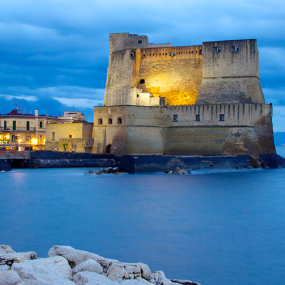 |
 |
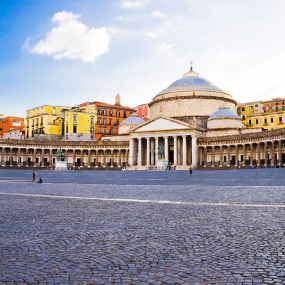 |
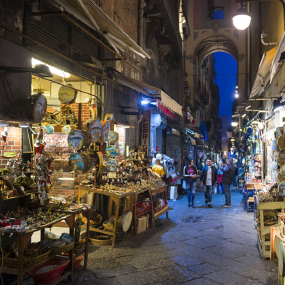 |
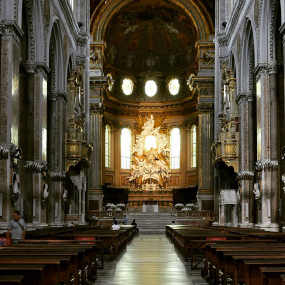 |
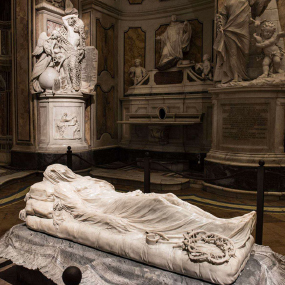 |
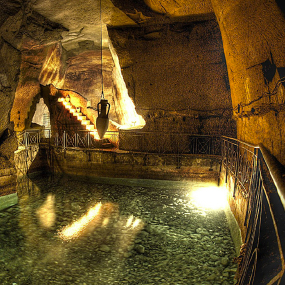 |
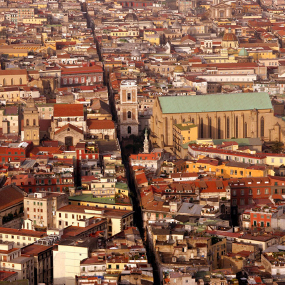 |
 |
 |
Anticaglia 24 B&B CPZRRT77H59F839U via dell’Anticaglia, 24 80138 Naples, Italy info@anticaglia24.it |
Copyright Anticaglia/24 2019. All right reserved®. |
